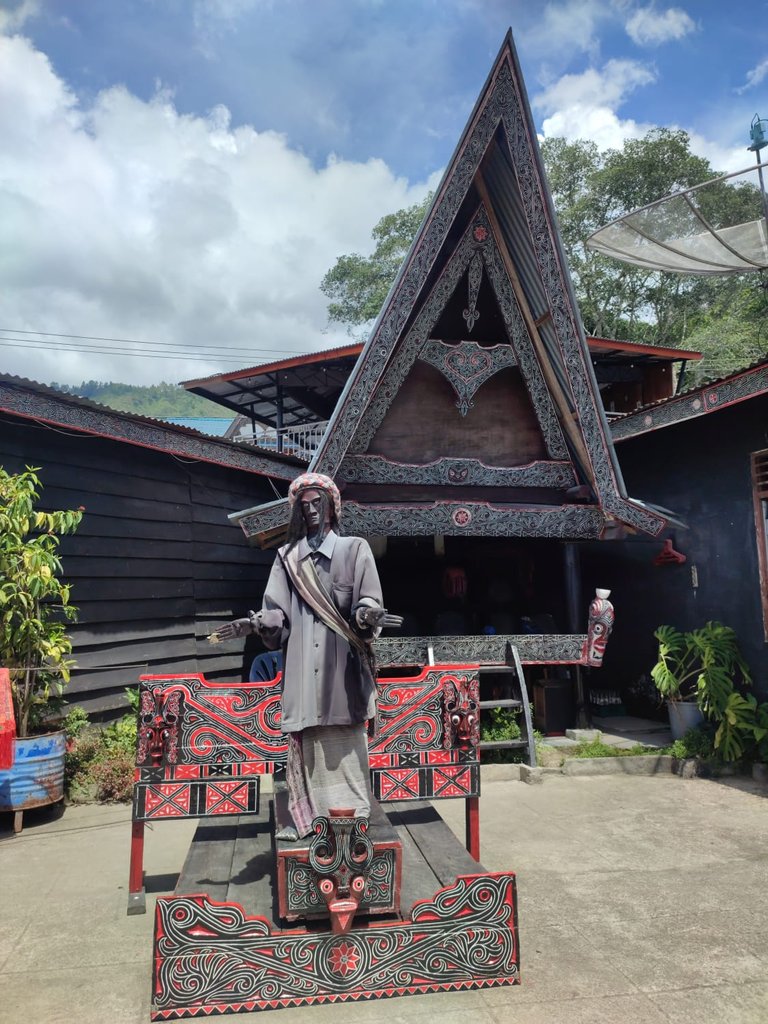Introducing the historical site of the Sigale-Gale statue and knowing its history.

Huff, there are many things I want to say when it comes to culture and history. So I'm confused about where to start, what is clear is that I am a teacher with a field of accounting knowledge, every day I only teach vocational high school students how to record transactions correctly with the existing stages. However, I still remember the History Lessons when I was in elementary school, it really sticks in my mind how thick the curriculum at that time was regarding the study of History and Culture, especially in Indonesia. However, the current curriculum is not like that, everything is only covered very thinly without the students knowing more deeply about the history or culture of a place or historical site, in fact many students now don't understand national songs, they only know how to make them viral. something that has no value for the sake of popularity and life is no longer balanced for them and History is the most boring lesson in their eyes.
For this reason, once a semester, at least, I create a work program to encourage my students to learn directly from their place and listen directly to the history of the formation of this culture. And here I am now at the Sigalegale statue cultural site located on Samosir Island. Samosir Island itself is located in the middle of Lake Toba which is one of the largest lakes in Southeast Asia with many customs and cultural sites that can be studied there, one of which is the history of the Sigale-gale statue. and not only saw the Galegagale statue, all the students and I also did traditional dances by renting traditional Batak accessories there for just a heartbeat.


So my weekend trip with the students at that time was not just a walk to enjoy the natural scenery presented before my eyes through the vast expanse of Lake Toba, cool air and green trees and hills, but this visit to Samosir Island was to find out History of the Sigale-gale statue, which has a deep history, is not just an old wooden statue. This Sigale-gale statue was made so that the wider community, especially the Batak tribe, would continue to remember the character Manggale who at that time died in battle against the colonialists at that time, and in fact there are many stories circulating about this statue of the Gale-Gale, but whatever The folklore that circulates. This Sigale-Gale statue is a cultural site that must be preserved because it is in this place that we will know the original traditional houses of the Batak tribe, traditional Batak dances, and the true meaning of various kinds of ulos, all neatly described by its birth. an art that can still be enjoyed by visitors and tourists there, full of joy, simplicity with a variety of customs.


This was an exciting weekend for me and the students as the term once paddled 3 islands would be surpassed. This means that from this one trip, many things can be gained both in terms of knowledge, starting from art and culture, the history of the birth of a tribe, customs, sculpture, ethics in communicating in unknown areas and so on. And this is my story on the trip to the cultural center in Tomok, Samosir, Lake Toba, North Sumatra Province